Vegan Watch: OmniPork vs Actual at Price Parity
Riding on the rising demand for alternative meat products, OmniFoods has recently announced a significant retail price reduction worldwide for its several of its flagship products, including the OmniPork Mince, OmniPork Strip, and OmniPork Luncheon. The price drop puts OmniFoods’ signature pork alternative products on par with pork meat. As described by OmniFoods founder and CEO, David Yeung, the price parity effectively means that consumers now have “an additional powerful alternative solution to tackle the global challenges of climate change, food insecurity and public health.” With factors such as the relatively high prices for pork compared to before the 2018 African swine flu, it would be interesting to see how much these price reductions will feed into the already growing public interest in plant-based alternatives.
Source: Vegconomist (2021). Product name and product specifications may vary in different international markets or according to halal requirement.
Look out for our post on price competitiveness of beef and its alternative vegan products next!





